12 Garden Practices That Make Composting Easier in Autumn
Autumn brings a variety of organic materials that are perfect for composting. The cooler temperatures and falling leaves provide the perfect environment for creating rich compost. With a few simple changes in how you manage your garden, composting can become an easier and more efficient task. Whether you are a beginner or experienced gardener, autumn is a great time to refine your composting practices.
This post may contain affiliate links, which helps keep this content free. Please read our disclosure for more info.
Shredding Fall Leaves for Faster Decomposition
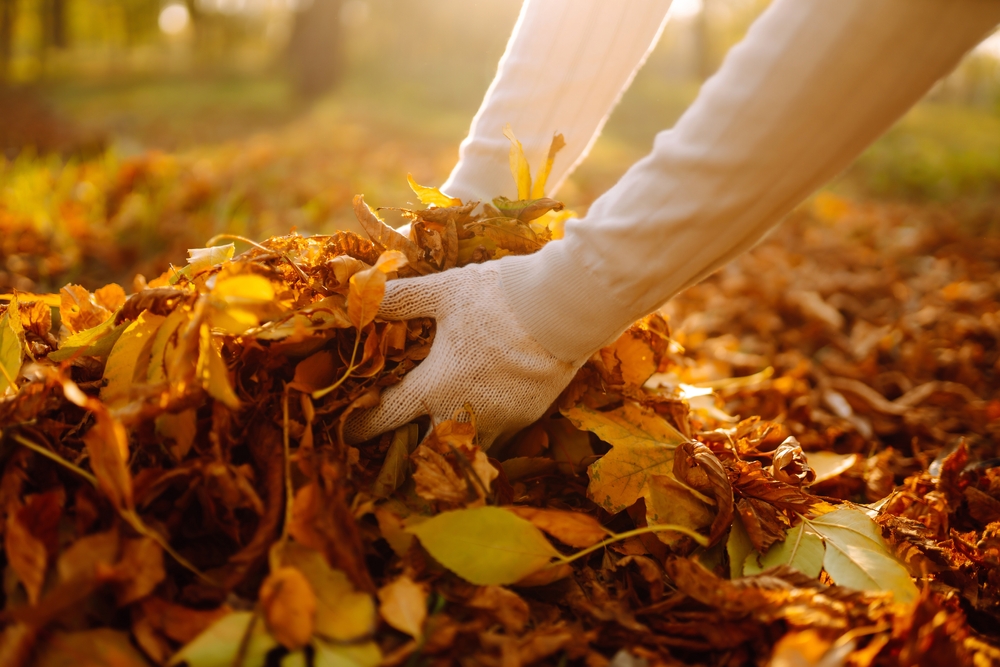
Shredding leaves before adding them to your compost bin speeds up the decomposition process. Whole leaves can take a long time to break down, while smaller pieces decompose faster. A shredder is a helpful tool for breaking leaves into smaller pieces. Once shredded, the leaves mix better with other compost materials, such as kitchen scraps and grass clippings. This simple step helps create rich compost more quickly and evenly.
Shredded leaves also help aerate the compost, preventing it from becoming too dense or compact. If you do not have a shredder, try raking the leaves into small piles and mowing over them. This will also break them down into smaller pieces. By adding shredded leaves, you will reduce the overall time it takes for your compost to be ready. It is an easy and effective way to improve your composting process this autumn.
Mixing Green and Brown Materials for Better Results
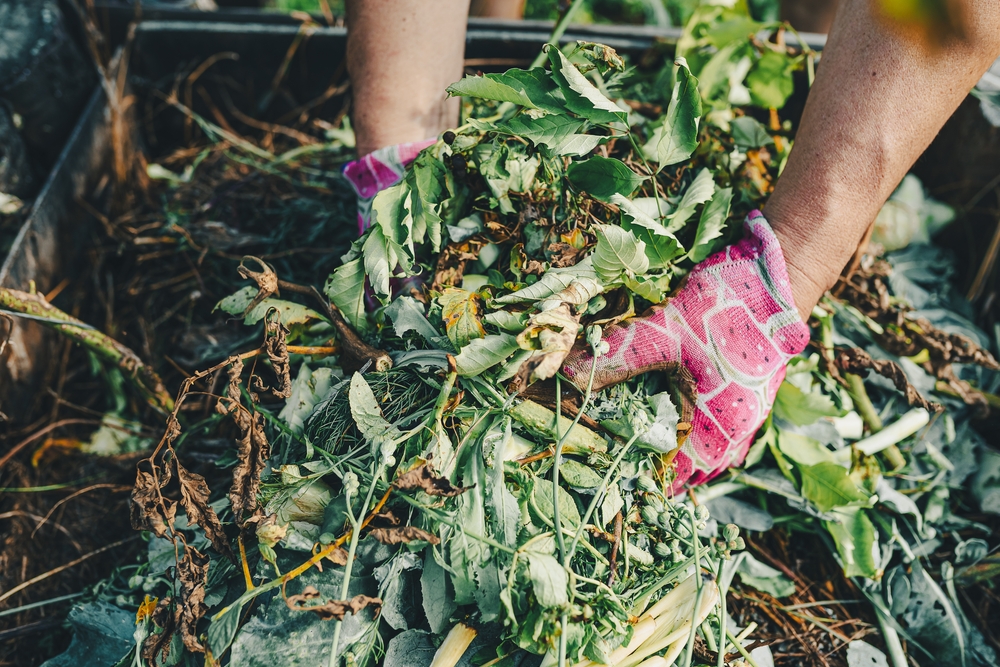
Composting requires a balance between green and brown materials. Green materials, like grass clippings and vegetable scraps, provide nitrogen, while brown materials, like leaves and straw, add carbon. A good ratio of these materials ensures a healthy compost pile that decomposes properly. Too much green material can cause the compost to smell, while too much brown material can make it too dry. Aim for roughly equal amounts of each to maintain a balanced compost heap.
When mixing your compost, layer green and brown materials to encourage even decomposition. Turn the pile regularly to allow oxygen to reach all areas, which is essential for breaking down the materials. Be sure to chop or break down large items for faster decomposition. With this balanced approach, your compost will break down more efficiently. This practice is especially helpful during autumn when both green and brown materials are abundant.
Maintaining Moisture for Ideal Conditions
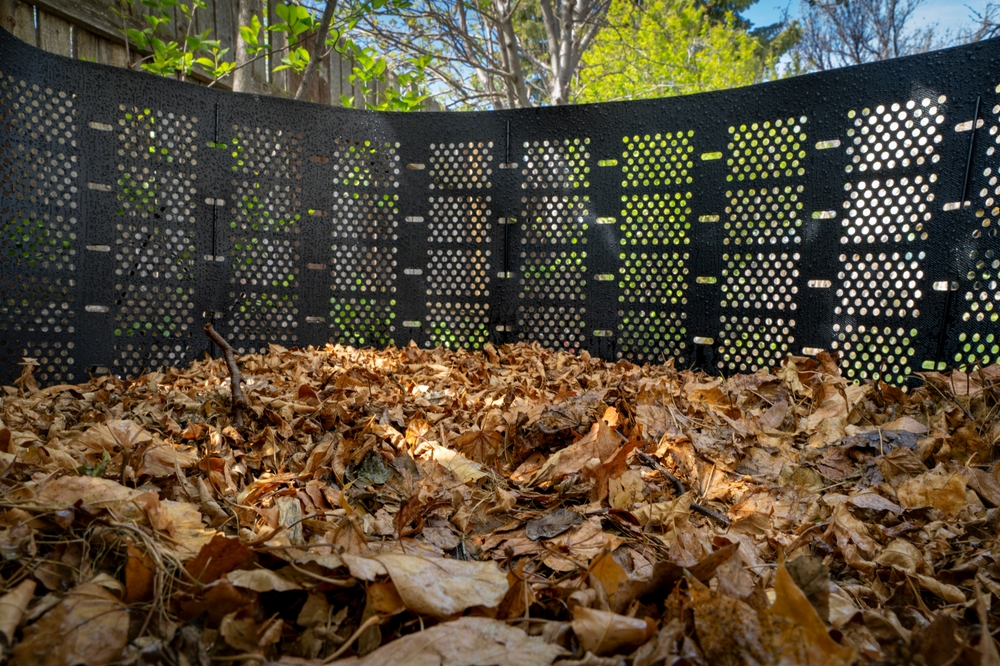
Maintaining the right moisture level in your compost pile is crucial for successful decomposition. Compost that is too dry will decompose slowly, while compost that is too wet can become slimy and smelly. Aim for a damp, sponge-like consistency. During autumn, the cooler temperatures can cause the compost to dry out, so check it regularly and add water if necessary. A good way to test moisture is by squeezing a handful of compost-if it feels like a damp sponge, it is just right.
If the pile becomes too wet, add more dry brown materials, like leaves or straw, to help balance the moisture. Adding a tarp or cover to your compost bin can help protect it from heavy rainfall while allowing airflow. If the pile starts to feel too dry, simply water it lightly, but avoid soaking it. Finding the right moisture balance will make your composting efforts more effective and help create nutrient-rich soil.
Avoiding Meat, Dairy, and Oils for Healthy Decomposition
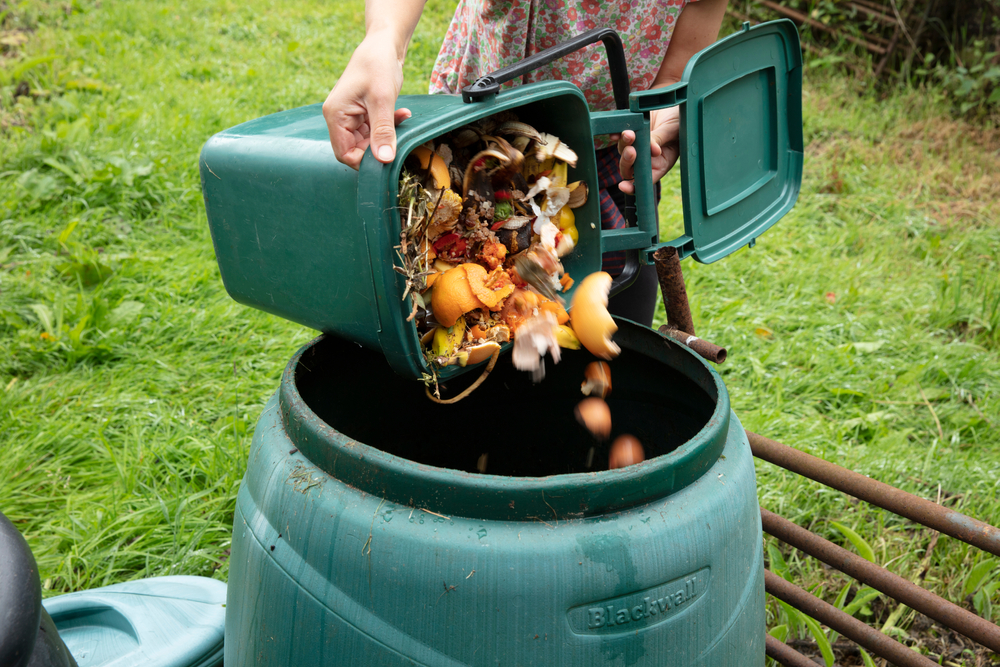
While composting food scraps is beneficial, certain materials should be avoided. Meat, dairy products, and oils can attract pests and slow down the decomposition process. These items can also create unpleasant odors in the compost pile. Stick to fruit and vegetable scraps, coffee grounds, and egg shells to avoid these issues. Keeping the compost pile free of these materials will ensure that it remains healthy and manageable.
In addition to reducing pests, avoiding these foods helps maintain a more balanced compost pile. Meat and dairy products decompose differently from plant matter and can cause imbalances in your pile. By limiting your compost materials to plant-based items, you will achieve a faster and cleaner decomposition process. During autumn, when food scraps are abundant, this practice becomes even more important to ensure your compost remains productive.
Using a Bin or Pile for Easy Organization
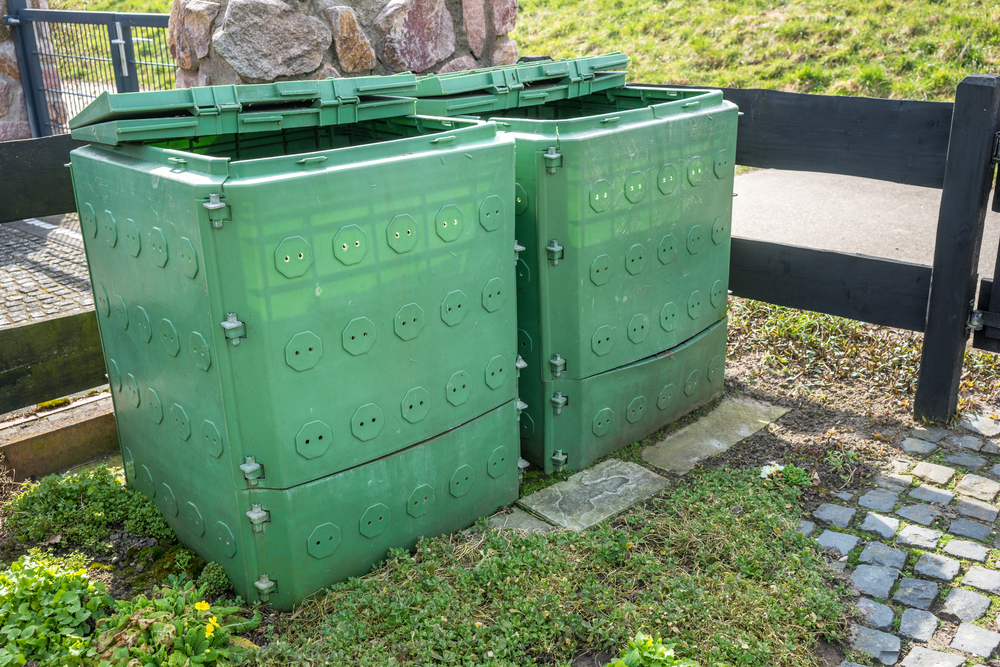
Using a compost bin or designated compost pile helps keep the process organized. A bin provides a contained space for your compost, reducing the spread of materials and making it easier to manage. If you are using an open pile, be sure to keep it in a well-ventilated area. This prevents the compost from becoming too wet or compacted. Having a set area for your compost also makes turning the pile easier and more efficient.
Bins can be purchased or made from simple materials, like wood or wire mesh. They help contain the compost while allowing for airflow, which is essential for decomposition. A well-contained compost pile is easier to monitor for moisture and temperature. This practice also keeps your garden tidy, preventing compost materials from spilling over onto your lawn or garden beds. Organizing your compost setup ensures better results and less mess.
Using Fall Leaves to Create Ideal Brown Material
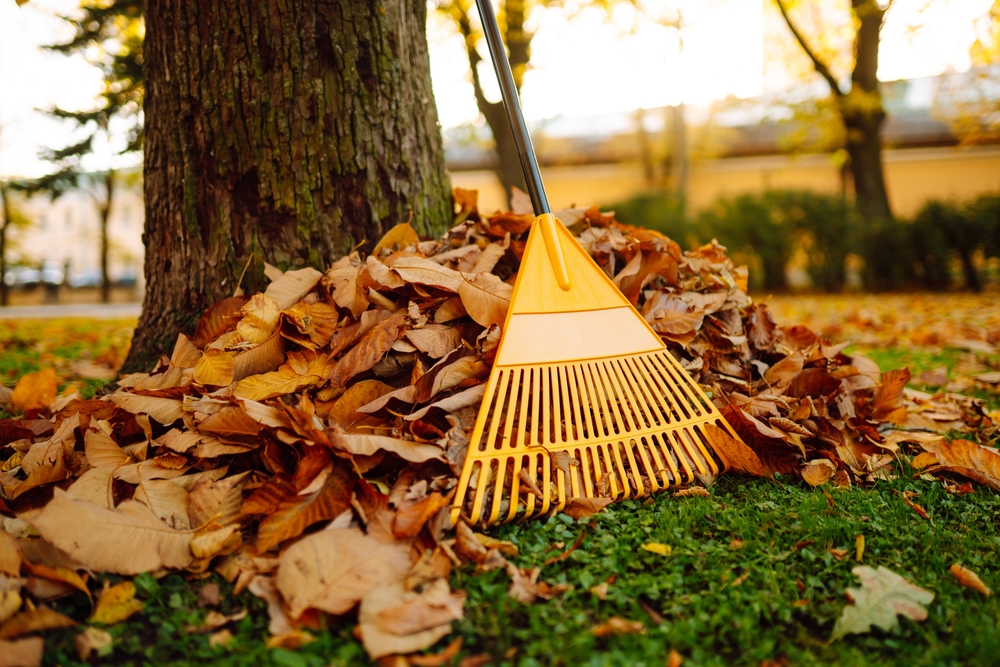
Fall leaves are an excellent source of brown material for your compost pile. They are high in carbon and help balance the nitrogen-rich green materials like grass clippings and food scraps. Gather leaves from your yard and add them to the compost pile throughout the autumn season. The abundance of leaves makes this the perfect time to stock up on brown material. Shred the leaves if possible to speed up decomposition and make them easier to mix with other compost materials.
Using fall leaves also helps reduce waste in your yard and provides valuable nutrients for your compost. As the leaves break down, they turn into rich, dark compost that can be used to improve your garden soil. The carbon in the leaves helps keep the pile from becoming too wet or smelly. This practice is simple, sustainable, and efficient for improving your composting process this autumn. Take full advantage of the leaves that fall this season to create healthy, nutrient-rich compost.
Turning Your Pile for Better Aeration
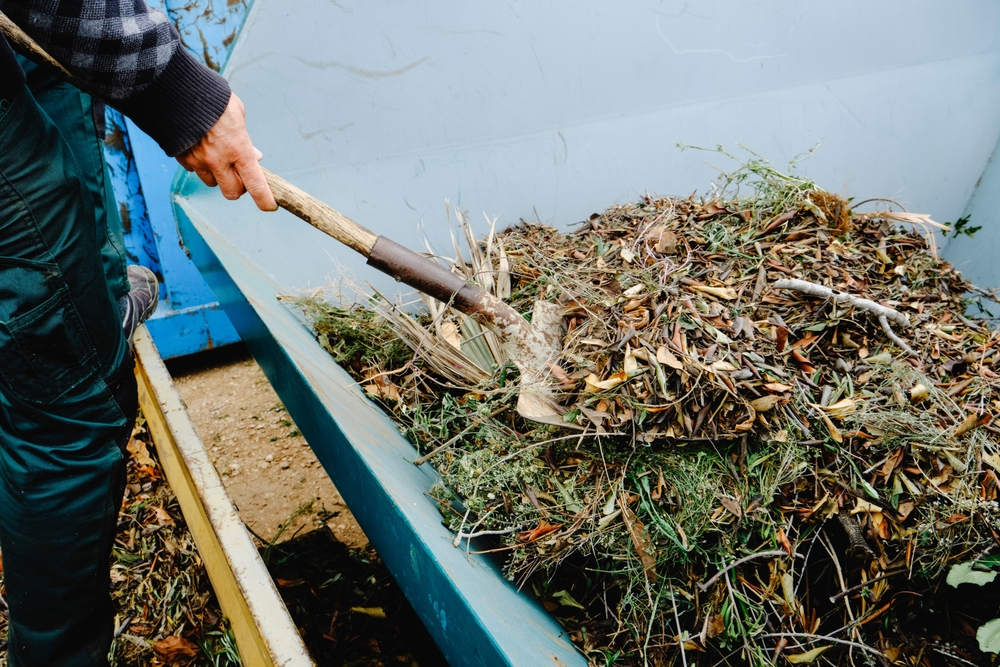
Turning your compost pile regularly is essential for keeping it aerated and promoting decomposition. By turning the pile, you introduce oxygen that helps microorganisms break down the organic material. A well-aerated compost pile decomposes faster and heats up, which accelerates the process. Using a pitchfork or compost turner, gently mix the pile every few weeks. This ensures that all the material breaks down evenly and prevents it from becoming compacted.
Turning the pile also helps prevent bad odors and ensures the compost heats up to the right temperature for proper decomposition. During autumn, with the cooler weather, turning becomes even more important to keep the pile active. If you are new to composting, start with turning the pile once a week, and gradually reduce it as you become familiar with the process. The more you turn the compost, the quicker it will decompose. Regular turning is a simple yet important practice for creating quality compost.
Monitoring Temperature for Efficient Breakdown
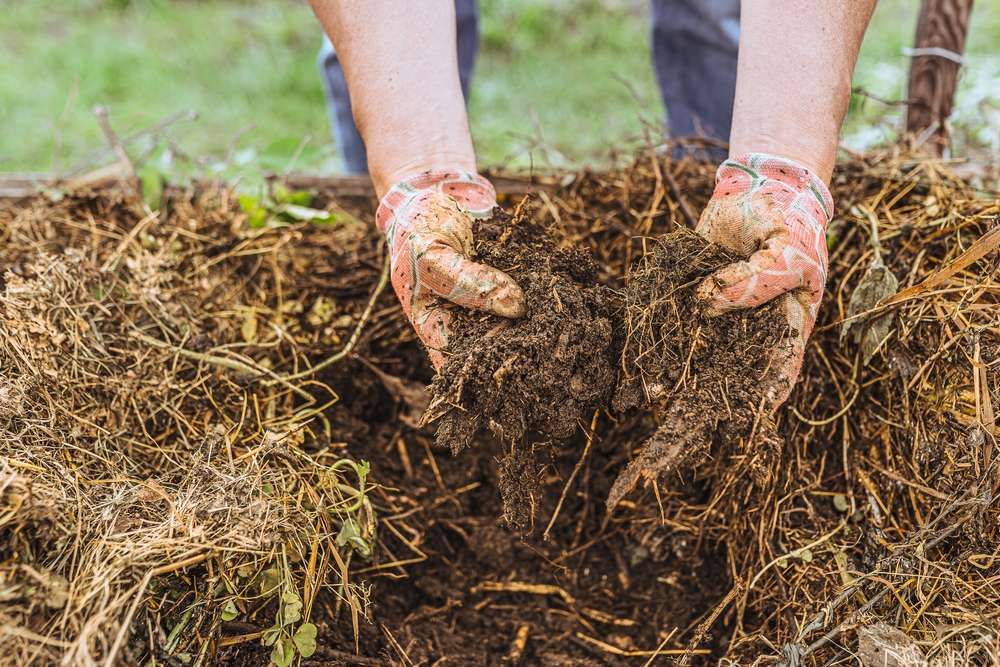
Maintaining the right temperature in your compost pile is essential for fast and efficient decomposition. The ideal composting temperature is between 130 degrees F and 160 degrees F. During autumn, the cooling weather can slow down the decomposition process, so it is important to monitor your pile’s temperature. Turning the pile regularly helps it heat up and ensures that it stays warm enough to decompose efficiently. Adding green materials, like fresh grass clippings, can also help increase the temperature of the pile.
If the pile becomes too cold, consider adding a layer of insulating material, such as straw or a tarp. Composting at the right temperature speeds up the breakdown of organic materials and prevents your pile from becoming too slow or stagnant. By adjusting your composting practices for the cooler autumn weather, you can keep your pile active and productive. Temperature management is key to maintaining a healthy compost heap throughout the fall.
Using Compost Activators for Faster Results
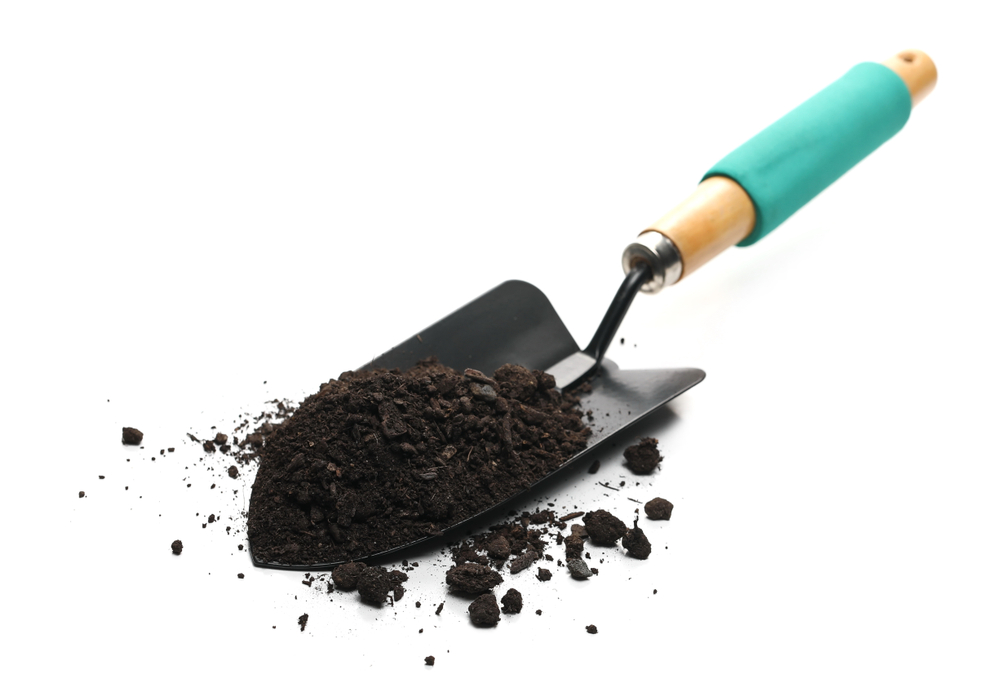
Compost accelerators, or activators, are products designed to speed up the composting process. These products introduce beneficial microorganisms that help break down organic materials faster. Using an accelerator can be especially useful in autumn when the cooler weather slows down natural decomposition. These activators are typically made from materials like seaweed, alfalfa meal, or other nutrient-rich ingredients. Simply sprinkle the accelerator on top of your compost pile and mix it in.
Activators can provide a boost to your compost when it needs a little extra help. They help maintain a healthy microbial environment in your compost pile, improving the breakdown of materials. For best results, use compost activators alongside the regular addition of green and brown materials. This practice is especially helpful when composting large amounts of organic material during the fall season. A simple addition can make your compost pile more efficient and productive.
Keeping Food Scraps Covered to Prevent Pests
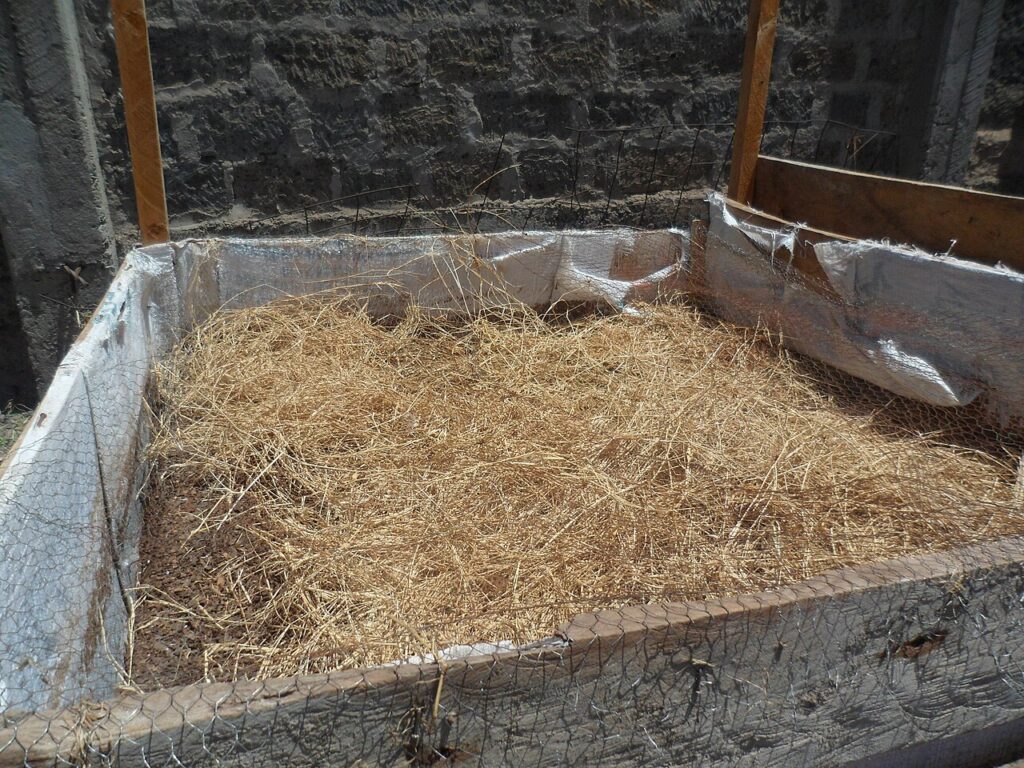
To prevent pests from disturbing your compost pile, cover your food scraps with a layer of brown materials, such as leaves or straw. This helps keep odors in check and discourages animals from digging into the pile. Covering food scraps also helps maintain a balanced compost environment by keeping the pile moist and properly aerated. It is a simple step that can improve the efficiency of your composting process. During autumn, when food scraps from harvest are plentiful, this practice becomes even more important.
By covering food scraps, you ensure that the compost pile stays neat and organized. It also prevents food from being exposed to air, which could cause it to smell or attract pests. Keep a supply of brown materials handy to cover food scraps as you add them to the compost. This practice helps maintain a clean, well-managed compost pile. As the fall season brings more organic material, keeping food scraps covered will ensure a smooth and successful composting process.
Adding Grass Clippings for a Nutrient-Rich Pile
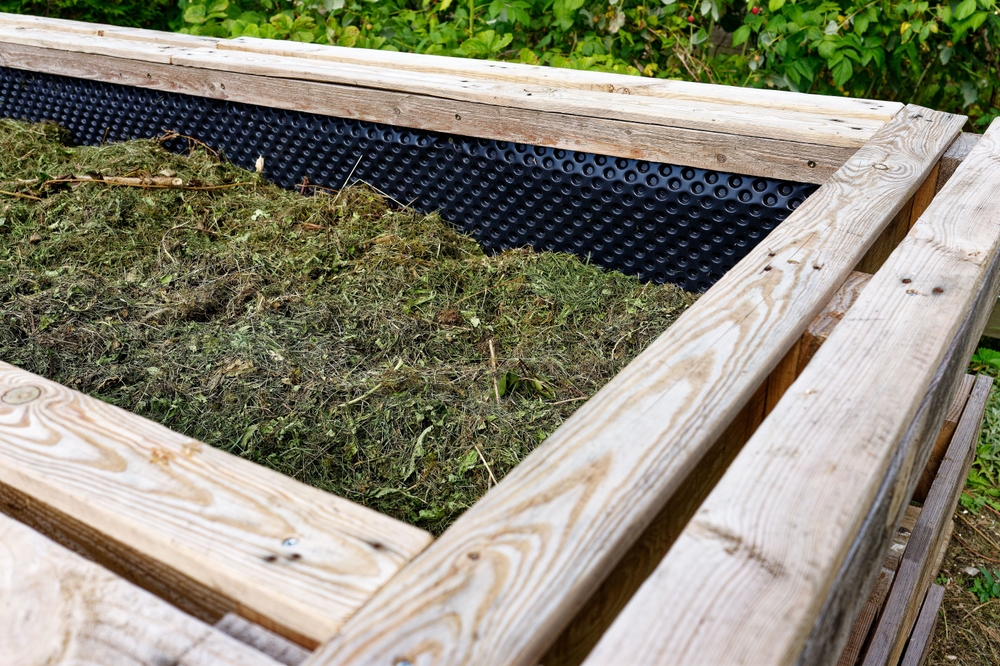
Grass clippings are an excellent source of nitrogen and a valuable addition to your compost pile. They decompose quickly and help balance the carbon in your compost from brown materials like leaves. Be sure to add grass clippings in thin layers to prevent them from matting together and forming a barrier that blocks airflow. This will help keep the compost pile aerated and encourage even decomposition. Grass clippings provide essential nutrients that will enrich your compost and ultimately your garden soil.
Grass clippings are abundant during autumn when lawn care is often at its peak. They can help speed up the composting process by providing the right nutrients for microbial activity. Just be cautious not to add too many clippings at once, as this can create a dense, wet mass. Layer them with other compost materials for best results. Adding grass clippings to your compost pile is an easy and effective way to improve the quality of your compost this autumn.
Introducing Worms to Help Breakdown Organic Material
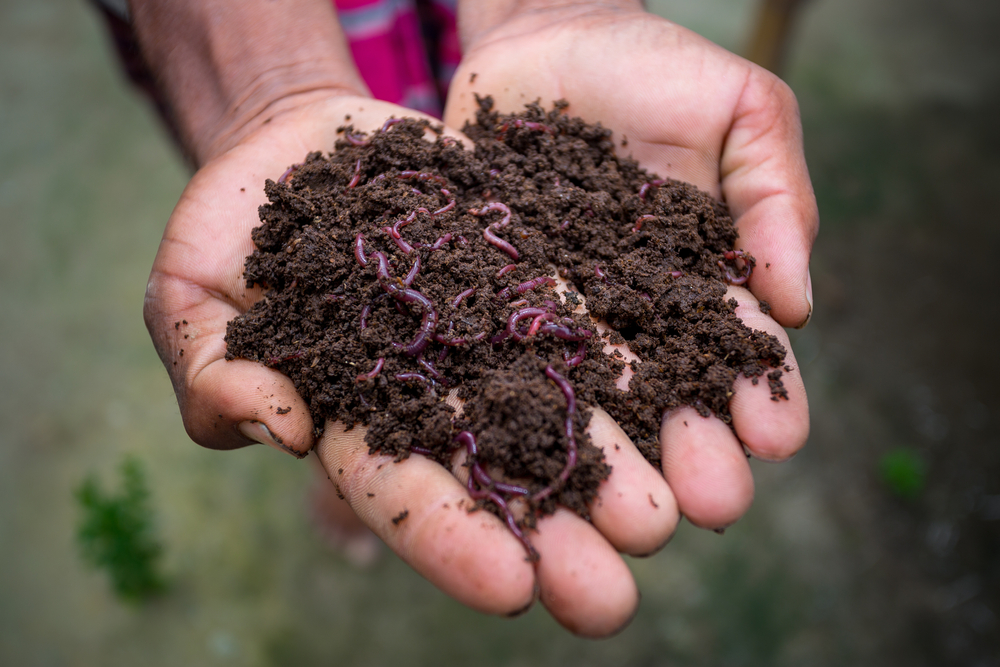
Using worms in your compost pile is a natural way to speed up decomposition. Worms break down organic material quickly and efficiently, creating nutrient-rich compost. Simply add a worm bin or introduce worms directly into your compost pile to encourage the process. Worms help create a fine, even compost that is rich in beneficial microorganisms. During autumn, worms can help keep your compost pile active even as temperatures begin to cool down.
Worms are particularly beneficial in compost piles that are slow to decompose. They help aerate the pile by moving through it, ensuring that air reaches all parts of the compost. The end result is a finer, more uniform compost that is ready to use in your garden. Adding worms is a simple and natural way to improve the efficiency of your composting process during the fall months.
This article originally appeared on Avocadu.
